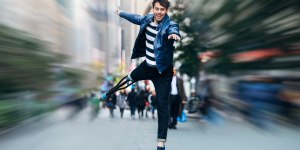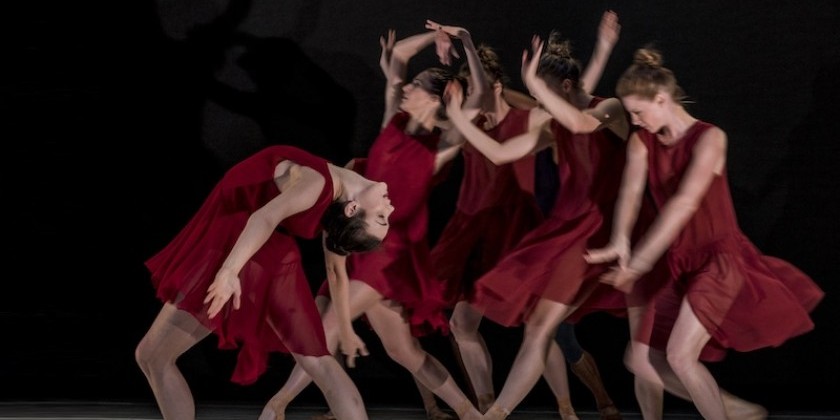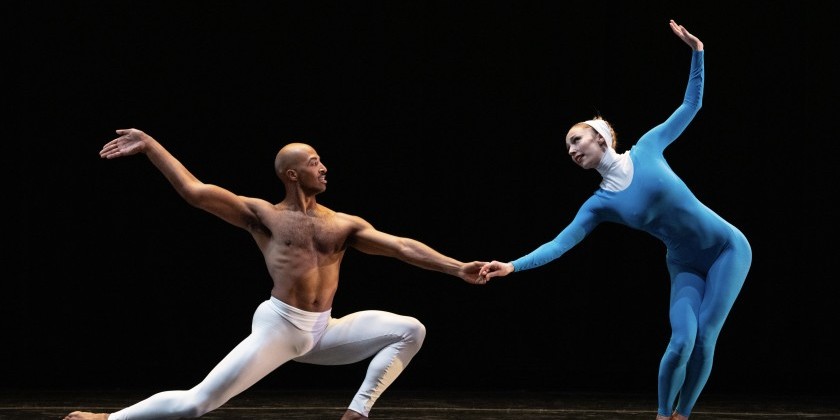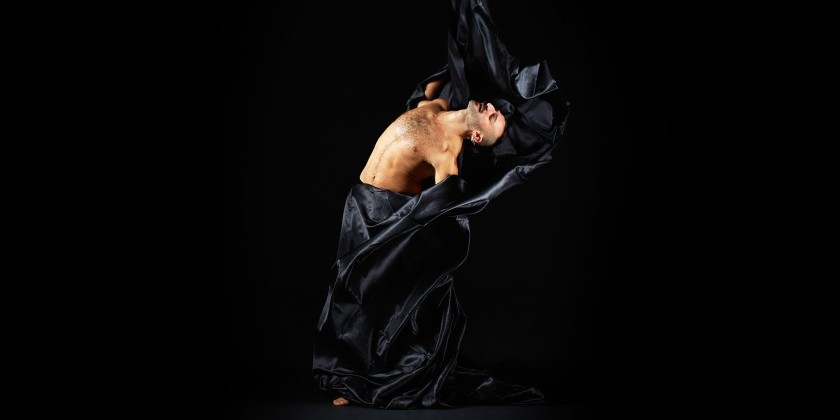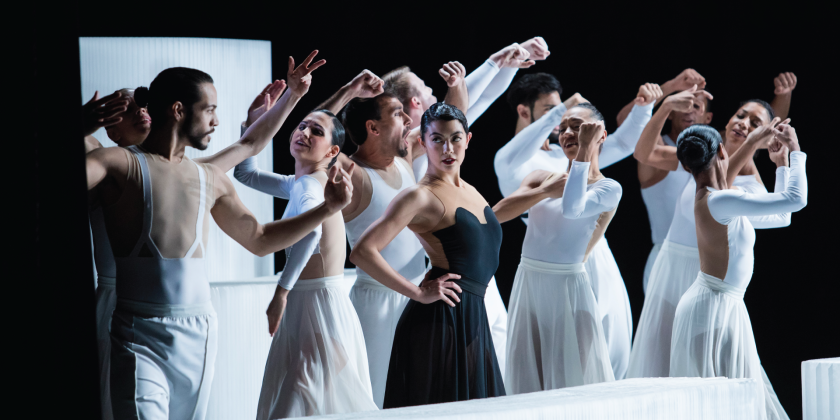IMPRESSIONS: Fridays at Noon: Women Ballet Choreographers East and West at the 92nd St. Y
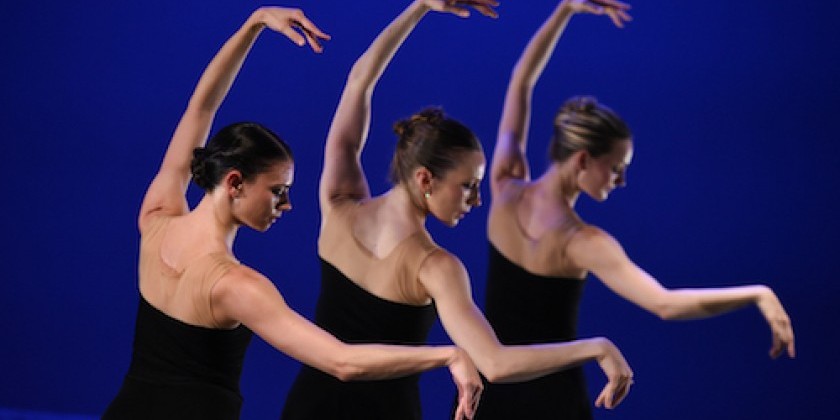
Presenter/ Venue: The 92nd St. Y Harkness Dance Center
April 28th, 2017, 12pm
Readings: Wendy Oliver, Karen Schupp
Choreography: Gemma Bond, Dalia Rawson, Lydia Johnson, Kate Thomas, Kathryn Roszak, Cherylyn Lavagnino
Performers: Gray Davis and Lauren Post, The New Ballet Studio Company, Lydia Johnson Dance, Ballet Neo, Danse Lumiere, Cherylyn Lavagnino Dance Company
Panel discussion: Gemma Bond, Lydia Johnson, Cherylyn Lavagnino, Wendy Oliver, Dalia Rawson, Kathryn Rosak, Karen Schupp, Kate Thomas
92Y’s Fridays at Noon presents programs cleverly designed around a single investigation or theme. Women Ballet Choreographers East and West (as in the US coasts) showcases female dance-makers with readings and discussions based around women as choreographers. The program unpacks gender inequalities still present in the dance field and poses questions about why so few women choreograph.
The afternoon opens with a reading by Wendy Oliver, author of “Dance and Gender: An Evidence-Based Approach,” followed by a reading by Karen Schupp, author of “Sassy Girls and Hard-Hitting Boys: Dance Competition Culture and Gender.”
These readings spark a question that resonates during the performance portion: How do we encourage men to participate in dance yet create an environment that doesn’t replicate the many advantages enjoyed by them outside the studio?
Gemma Bond’s stunning Three Faces is impeccably executed by American Ballet Theatre dancers Aran Bell and Lauren Post. Isadora Loyola’s costumes defy gender stereotypes: Bell wears a long black skirt, a la Martha Graham, while Post is in a skin-tight beige top and black underwear. Exemplified by a meditative push and pull, the pair fluidly separates and reunites. In one intimate, ballroom-like moment, the dancers embrace and then backbend dramatically away from one another only to hug again. The lights dim as Bell extends Post’s willowy frame toward a spotlight at center stage. Less an idealization of her femininity, the gesture is more a celebration of her qualities, which defy gender.
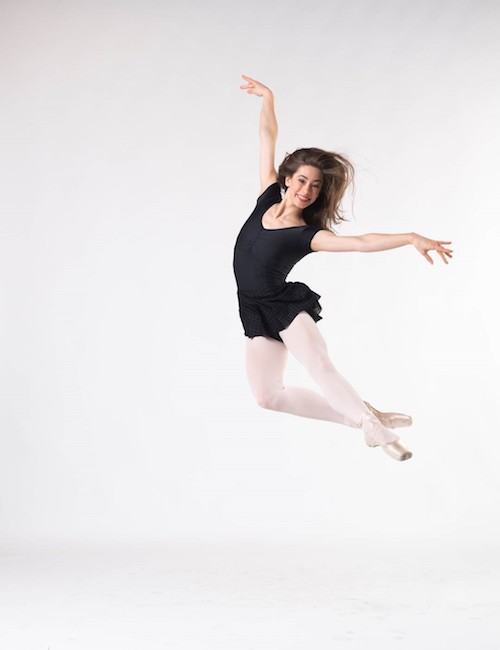
Dalia Rawson’s After Dreaming, performed by San Jose’s New Ballet Studio Company, features four women in black dresses with long tulle skirts. The dancers make broad use of the space; often a single woman moves in contrast to the other three. Intricate, constantly shifting formations intrigue visually.
In Lydia Johnson’s Trio Sonatas, seven dancers in short black dresses progress along a diagonal from downstage left to upstage right, gesturing in canon. Toying with levels, the septet goes from lying flat to being lifted — plus everything in between. As the complexity increases, the dancers explode into a canon of similar movements. The largish cast allows for many exciting groupings: three pairs against a soloist, five dancers against a duet. Johnson keeps us guessing until the very end when just two dancers remain on stage.
Ballet Neo performs Pas de 4-1, a trio by NYC-based Kate Thomas, choreographed to noisy, electronica by Aphex Twin. Two women and one man partner up for quick, challenging choreography. Though an audience favorite for its sassy charisma, the work feels contrary to the program’s theme, as the women appear dependent on the male.
Bay Area-based Kathryn Rosak’s Danse Lumiere presents Reverse Flow/ Pingu River for an all-female trio clad in green tie-dye unitards. Phillip Glass’s soothing score plus Rosak’s meditative, cyclical movement suggest being in nature. The phrases move swiftly around the space, like the rapid flow of a creek through a forest. During the simple and perhaps clichéd ending, the three dancers extend their arms toward the sky.
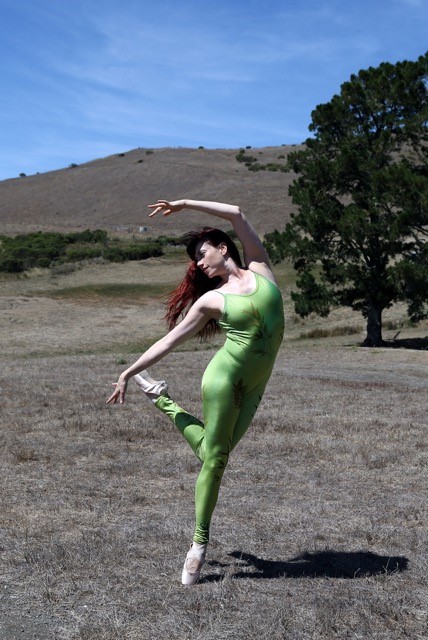
Cherylyn Lavignino, a staple in New York’s contemporary ballet scene, offers Drive, for two couples to an original score by Scott Killian. Mirroring the dissonant music, two dancers engineer sharp, angular lines, and tricky partnering. The second pair enters with similar actions. In one stimulating motif, the men spin the women rapidly in a penchée arabesque like simultaneously whirling helicopters. Lavignino delivers functional but not intimate relationships, and the choreographic intricacy and technical prowess of the dancers impresses.
A panel discussion afterward with the six choreographers plus Oliver, Schupp, and Harkness Center’s dance curator Catherine Tharin delves further into questions surrounding women in dance, as the choreographers speak about their artistic journeys.
One illuminating point raised is that a successful performance career should not preclude pursuing choreography. Due to intense competition, many women focus exclusively on performing rather than dance-making. Realistically, however, performance and composition require two distinct skill sets, and one can have an artistic voice without being a top-notch performer.
While no easy answers arise to the scarcity of women in dance, awareness is the first step toward a solution. Programs celebrating women choreographers go a long way toward empowering women to speak loud and clear with their artistic voices.
The Dance Enthusiast Shares IMPRESSIONS/ our brand of review and Creates Conversation.
Check out our other IMPRESSIONS here.
Share your #AudienceReview of this show or others for a chance to win a $75 giftcard to Trader Joe's.





